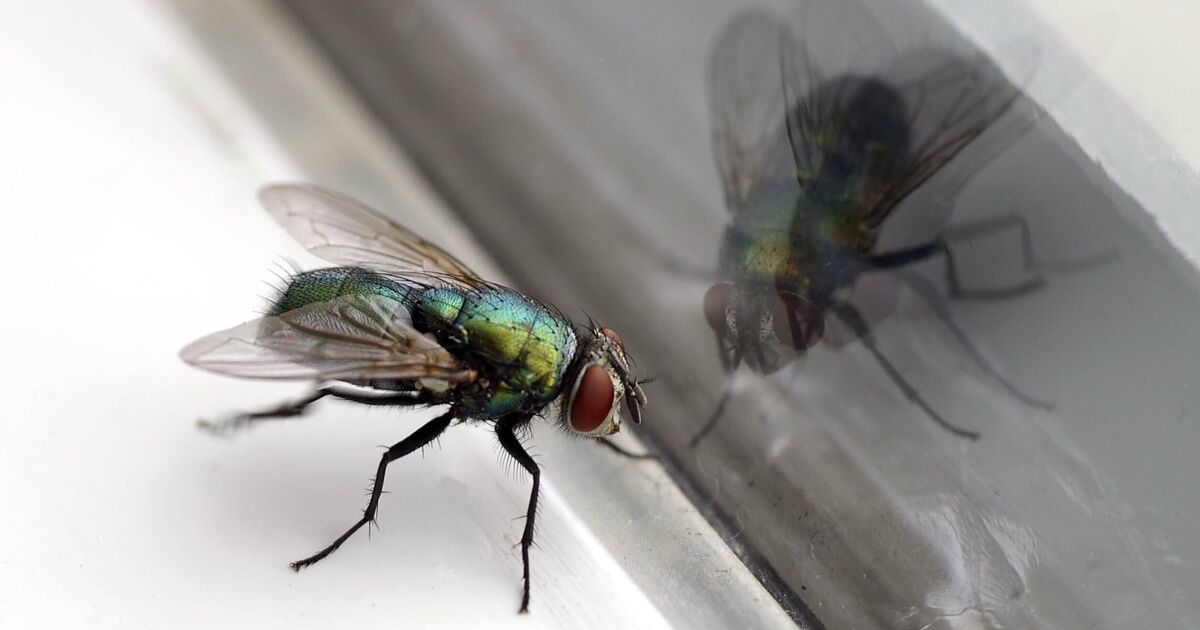On a warm summer’s day, leaving doors or windows open can often result in an unwelcome invasion of bluebottle flies. While common flies are attracted to decaying meat, fruit flies have a penchant for sweet things, drawn to overripe fruit, spilt sugary drinks, and even alcohol, reports the Mirror.
This doesn’t stop these annoying insects from buzzing into our homes and aimlessly trying to find their way back out. In the heat, this can transform our kitchens into a real fly party. Fortunately, there are methods to address this problem.
In fact, there are several, many of which use items you probably already have in your kitchen.
If flies are driving you up the wall and you’re eager to get rid of them naturally and without spending a fortune, Chronicle Live has shared a few tips that will help keep flies away from your home this summer – and every summer.
To create an effective fly trap, mix equal parts washing-up liquid and apple cider vinegar in a bowl or jar. Sprinkle a bit of sugar on top to make it even more appealing to the flies.
The washing-up liquid will dissolve the flies and kill them, while the vinegar acts as bait. If you don’t have any apple cider vinegar available, stale wine or beer will also work, as their mature scents attract flies.
A herb box is a delightful addition to any kitchen, but having the right plants can also help deter pests. The trick is to place herbs near doorways and windows where flies tend to gather.
Herbs and flowers such as basil, lavender, bay leaf, mint, marigolds, and nasturtiums are renowned for their ability to deter house flies, offering a natural solution to make your home less attractive to these pests and minimise infestations.
Historically, marigold has been utilised in greenhouses to fend off aphids, while Onions have been cultivated to mask the scent and discourage carrot fly.
If you’re lacking space for herb planters, essential oils extracted from plants like lavender, peppermint, eucalyptus, and lemongrass can act as effective fly deterrents. Simply place the essential oils in diffusers or mix with water and spray in areas of your home where flies tend to congregate.
An old plastic bottle can be repurposed into a trap by cutting off the top third and filling it with a sweet liquid, such as sugar water. Invert the top section of the bottle and secure it inside the larger portion, taping the two sections together.
This design allows flies or wasps to enter the bottle but prevents them from escaping. The effectiveness of the trap can be enhanced by adding a paper funnel at the top to further entice flies to remain inside the bottle.
The only downside is the unpleasant task of disposing of it afterwards.
This method is particularly useful as it utilises old jars, helping to reduce household waste. It’s as straightforward as it is environmentally friendly.
Take an old jar and create several small holes in the lid using a hammer and nail. These minuscule perforations may appear trivial, but they’re perfectly sized for any bothersome fruit flies hovering about your kitchen.
This method employs the same components as the initial hack: apple cider vinegar and liquid washing-up liquid.

